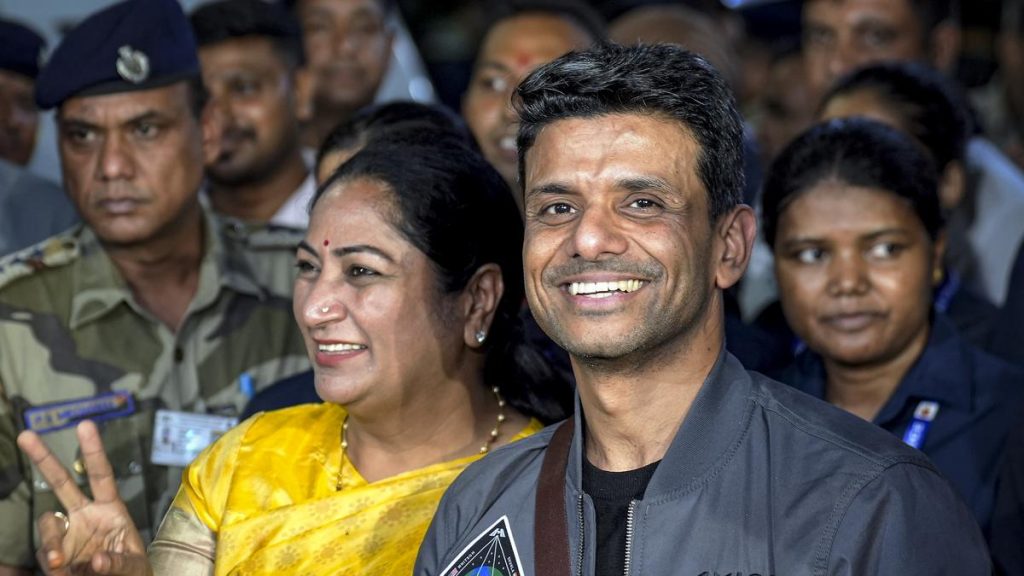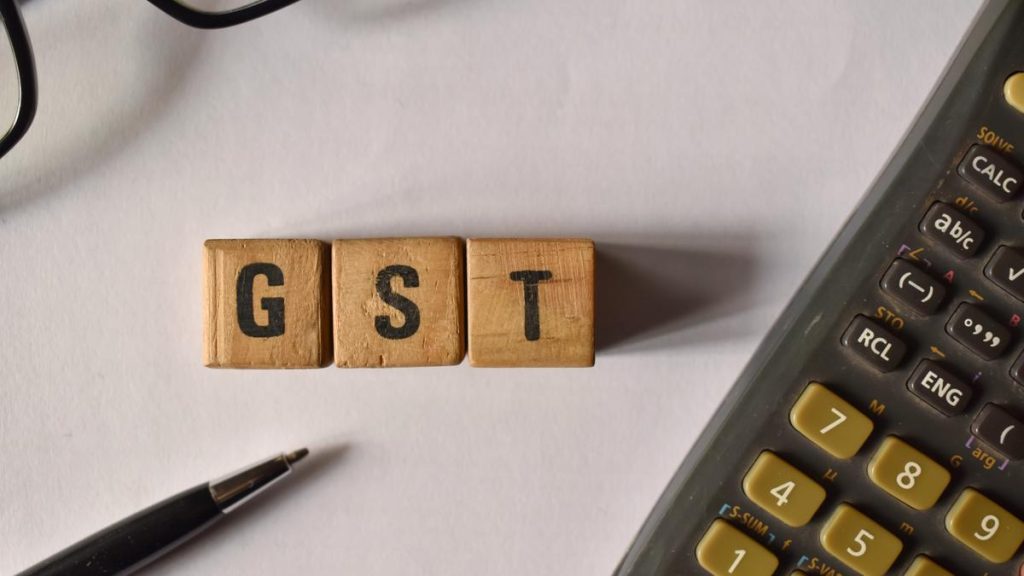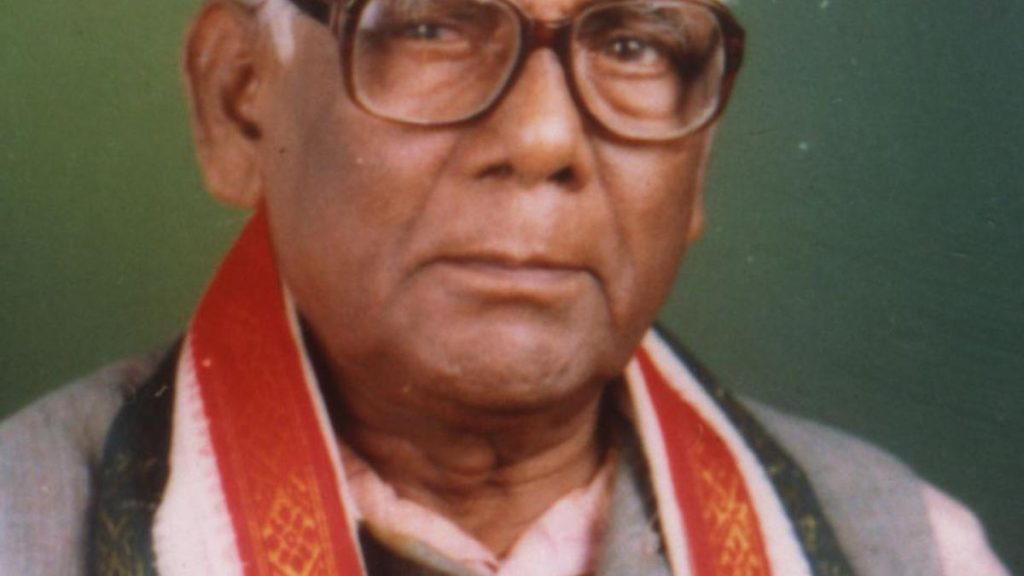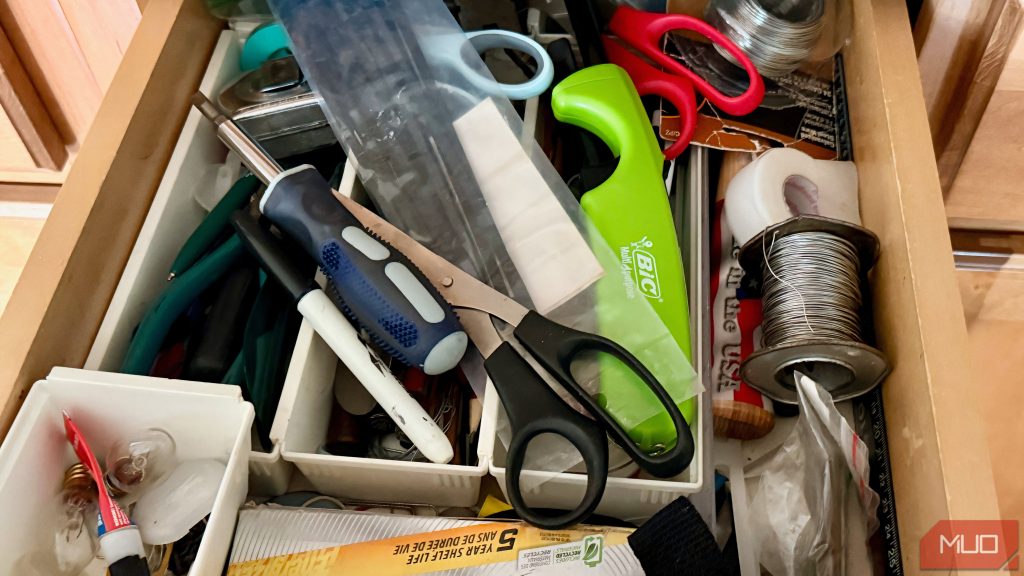Now Reading: Understanding Attachment: A Guide to Growth and Connection
-
01
Understanding Attachment: A Guide to Growth and Connection
Understanding Attachment: A Guide to Growth and Connection

Quick Summary
- Attachment theory, developed by John Bowlby and Mary Ainsworth, provides insights into how early relationships shape adult emotional patterns.
- Anxious attachment impacts approximately 20% of adults worldwide, manifesting as heightened sensitivity to rejection and abandonment in relationships.
- Neuroscientific research identifies the amygdala’s hyperactivity in individuals with anxious attachment when perceiving threats to connection.
- Cultural differences influence interpretations of attachment behaviors; such as,Asian and Mediterranean societies frequently enough normalize traits labeled as “anxious” elsewhere.
- Healing anxious attachment involves understanding personal triggers, rewiring neural pathways through self-awareness practices like journaling and mindfulness, and leveraging supportive relationships for corrective emotional experiences.
- Partners supporting individuals with anxious attachment can balance reassurance with boundary-setting for mutual growth.
- Professional therapy options such as EMDR or relationship-focused counseling are recommended for deeper healing processes.
Indian Opinion Analysis
Attachment theory’s exploration of anxious patterns raises notable questions about balancing individual emotional needs and collective relational dynamics across diverse cultures like India’s. Indian society places significant emphasis on familial interdependence, which may reshape Western definitions of anxiety-related behaviors like expressiveness or closeness into culturally normative practices here. This underscores the need to avoid universalizing psychological frameworks without contextual adjustments rooted in cultural values.
For India specifically, these insights into secure attachments could stimulate broader discussions on mental health awareness in a collectivist framework-focusing on family-centered therapies that address generational cycles influencing early bonding habits within extended families prevalent in Indian culture. Moreover, integrating neuroscientific tools alongside traditional methods like yoga could enrich therapeutic approaches locally while retaining cultural sensibilities.
Such advancements hold promise not just for treating attachments individually but also fostering healthier societal attitudes toward emotional regulation amidst evolving urban lifestyles demanding greater independence but risking disconnection at a personal level.




























